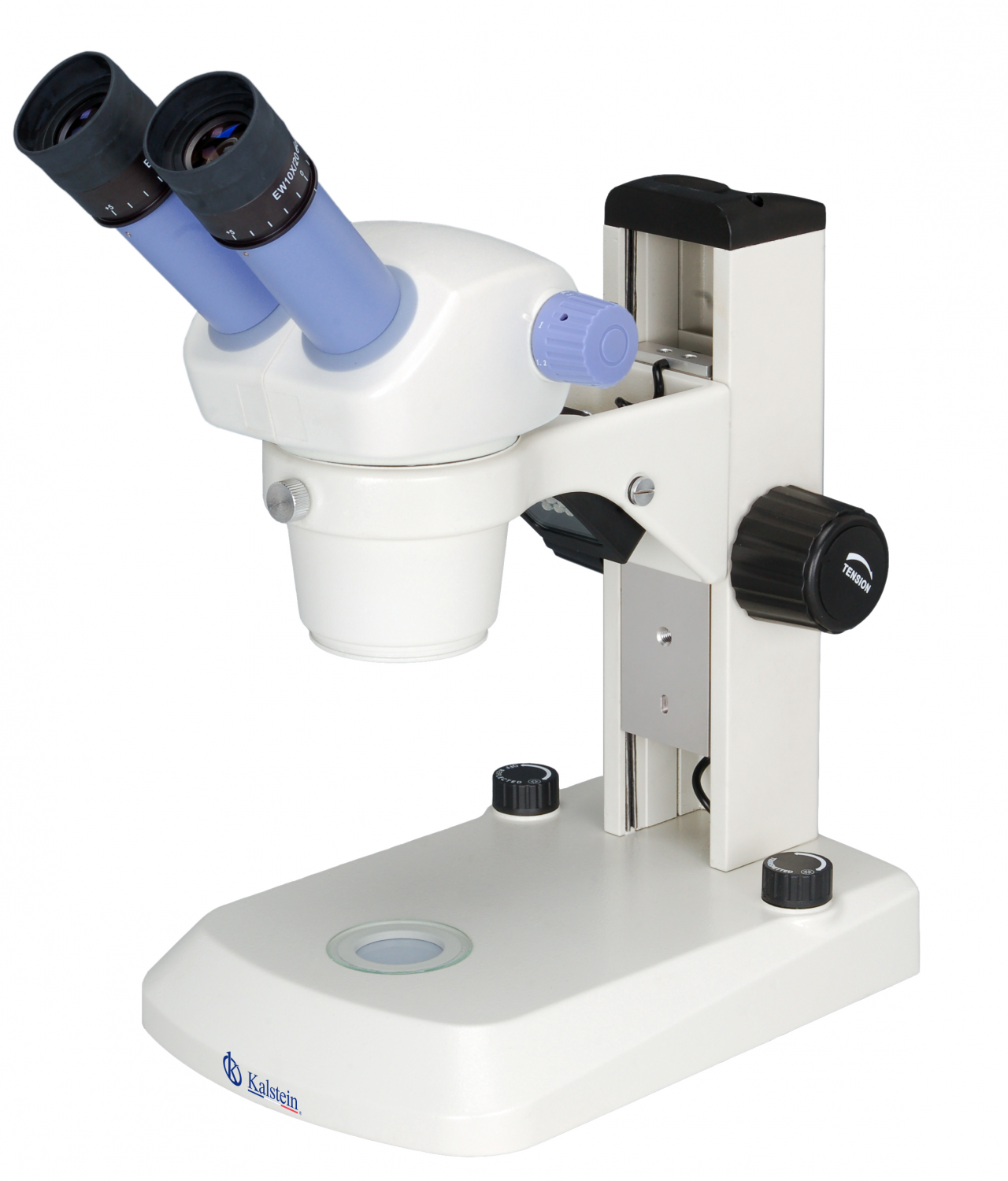The optical microscope is one of the most important visualization systems for the optical and microstructural study of materials; for them many manufacturers offer different models for sale at affordable prices. These instruments enable high-resolution images of objects to be obtained under a microscope, allowing microscopic details to be seen that would otherwise be impossible to observe. The calibration of an optical microscope is a fundamental process to ensure that all elements of the system are correctly aligned and oriented.
In that order of ideas, this is achieved by adjusting the different parameters of the equipment to obtain high quality images. A correct calibration of an optical microscope is composed of several key factors. These factors include correct choice of lens power, correct focusing, adjustment of the firing line, determination of depth of field, and obtaining clear, isolated images.
How do you do the proper calibration of an optical microscope?
First, you should choose the optimal power of the optical microscope lens. Appropriate lens magnification will determine image sharpness as well as depth of field. Excessive magnification will make the image too small to be displayed or too blurry. On the other hand, an insufficient magnification will cause the image to lose detail and clarity. Therefore, an appropriate lens wattage must be selected to ensure that the microstructural image is optimized.
Second, sharpness must be adjusted to ensure that the final image is ideal. This is achieved by manually adjusting the focus so that objects look clear and precise. Applying slight pressure to the lens will also help adjust focus. If the goal is to display objects that are at different depths, several sharpening adjustments may be necessary before the final image is displayed.
Third, the firing line must be adjusted to ensure that the lens light falls into the correct position on the target. This is achieved by aligning the lens line or focusing device with the centerline of the lens. Adjusting the trigger line ensures optimum depth of field and picture quality.
Clear images as the primary objective of calibration
Depth of field, on the other hand, must be determined. This is achieved by adjusting the lens light so that the focused lens is in front of the target to be displayed. Depth of field determines the amount of detail that can be displayed simultaneously on a single image. Excessively small depth of field will cause the image to become less clear and detailed. On the other hand, an excessively large depth of field will cause the image to become blurred.
Finally, it must be ensured that the images obtained are clear and sharp. To achieve this, the lens light must be properly adjusted to ensure that only parts of the image are in focus. If the lens light is misdirected on the lens, blurry and unreadable images will be obtained. Therefore, it is essential to adjust the light of the lens to ensure that a clear image is obtained.
In conclusion, to correctly calibrate an optical microscope, several key factors must be taken into account. Key factors include proper lens power selection, focus adjustment, shooting line adjustment, depth of field determination, and sharp, isolated images. Taking these key factors into account will ensure that the microscope works properly, producing images of the highest quality.
The sharpness of images obtained with Kalstein optical microscopes
Many labs are planning to purchase an optical microscope, for the observation of tiny objects. In this sense, the products offered by the manufacturer Kalstein allow obtaining clear images that are suitable in different fields of study. These devices can be stereoscopic, fluorescent or polarized light types, in some cases it is possible to digitize the images for further studies. For more details, visit HERE and HERE.




